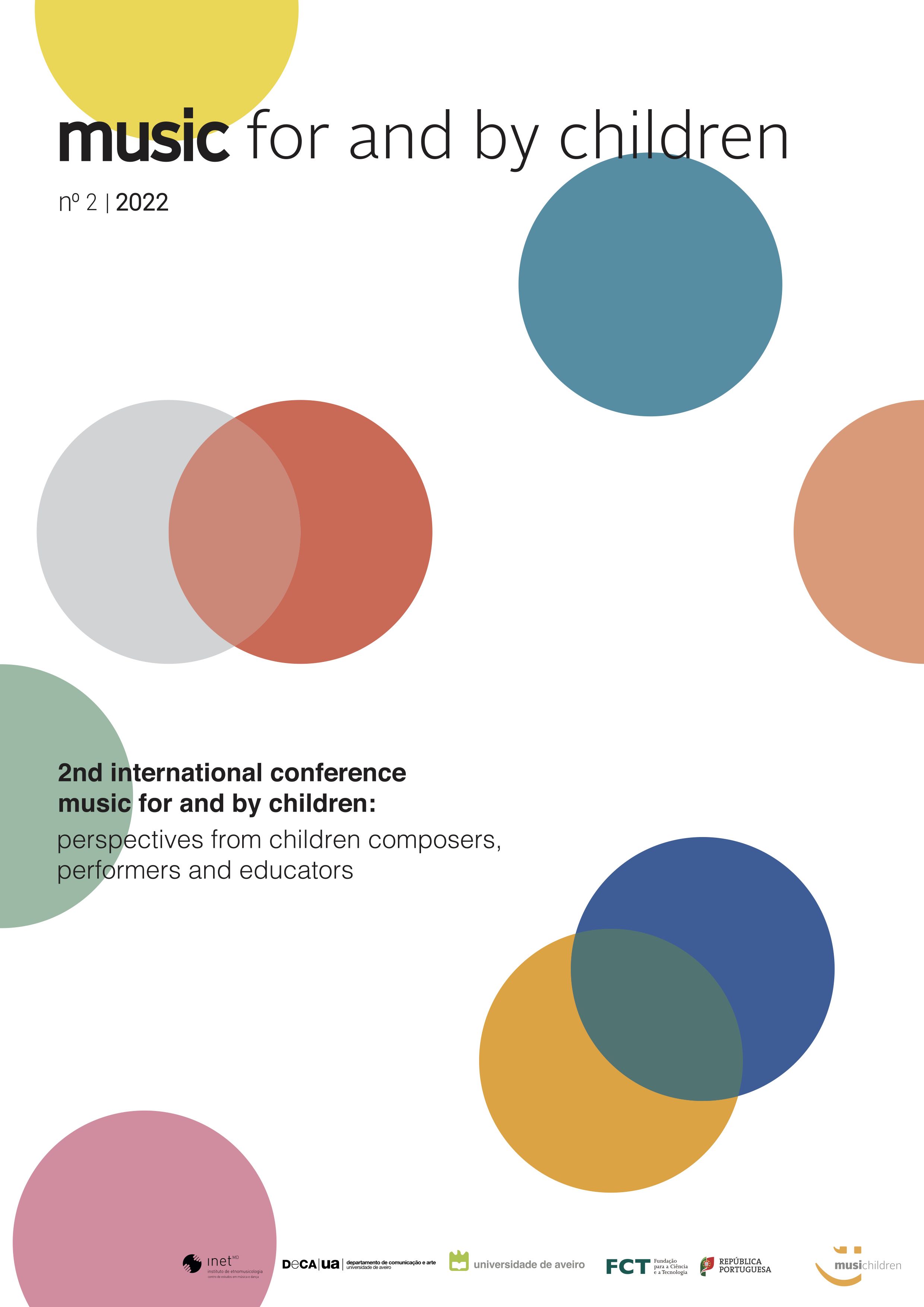A Young Person’s Guide to Orchestration
Arrangers’ Views on Writing for Youth Ensembles
Abstract
Theoretical background or Context
School and community ensembles are important musical learning environments for young musicians. A large portion of the music they play has been arranged to match it with their developing musical levels. Although an elaborate literature concerning orchestration for professional orchestras exists (e.g., Adler, 2016; Berlioz, 1843; Rimsky-Korsakov, 1913; Sevsay, 2013), few publications address arranging and orchestration for young or amateur players. Often, these books limit themselves to instrumentation instructions only (e.g., Adler, 2016; Eijssen, 2008; Janssen, 2004), although some have addressed orchestration and arranging more explicitly (Erickson, 1985; Oboussier, 1977). Besides these professional oriented publications, we could not identify any scholarly literature concerning orchestration for beginning players.
Aims
Therefore, the aim of our study was to map the orchestration practices of experienced arrangers for youth and beginner amateur orchestras. It addressed the particular principles of orchestration which are taken into account when writing for beginning to intermediate instrumental performers.
Methodology
Experienced conductor-arrangers (n = 10) were interviewed about their orchestration practice for youth and amateur ensembles like string, symphony, wind and fanfare orchestras. The interviewer used a semi-structured approach, based on a topic list (Mortelmans, 2018) and a sheet music analysis of one of the arranger’s works. The interviews were analysed using the grounded theory (Glaser & Strauss, 1967).
Results/Findings
Multi-shaped instrumentation and orchestration quality criteria emerged, which some respondents set off against traditional orchestration notions. Overall, quality of orchestration was seen as reaching maximal musical effect while embracing the constraints and affordances of the amateur ensemble. Key choice, rhythm (notation), attention to tessitura and register, and careful use of dynamics and articulation were regarded as crucial parameters. Many remarks considered the physical aspect of instrument playing. Three ‘levels’ of arranging were mentioned: score preparation, part adaptation and rehearsal adjustments. A concept sometimes called ‘social orchestration’ emerged, meaning all musicians should have enough to play and the melodic roles should be distributed over all instruments. Pedagogical intentions generally arose from musical choices instead of vice versa.
Conclusions/Final considerations
This study makes the practitioner knowledge of conductors and arrangers for youth and beginner ensembles explicit. Our conclusions can help orchestration teachers to explicitly address amateur orchestras in their lessons, and to inform their approach to orchestration with a wider range of voices from the sector.
References
Berlioz, H. (1843). Grand traité d’instrumentation et d’orchestration modernes. Schonenberger.
Rimsky-Korsakov, N. (1913). Principles of orchestration [Основы оркестровки] (M. Steinberg, Ed.). Editions russes de Musique.
Sevsay, E. (2013). The Cambridge Guide to Orchestration. Cambridge University Press.
Eijssen, J. (2008). Instrumentenkennis voor blaasorkest. JE Music.
Glaser, B. G., & Strauss, A. L. (1967). The discovery of grounded theory: Strategies for qualitative research. Aldine.
Janssen, H. (2004). Handboek instrumenteren voor blaasorkest. Muziekgroep Nederland.
Erickson, F. (1985). Arranging for the concert band. Belwin Mills.
Mortelmans, D. (2018). Handboek kwalitatieve onderzoeksmethoden. Acco.
Oboussier, P. (1977). Arranging Music for Young Players. Oxford University Press.
Copyright (c) 2023 Music for and by children

This work is licensed under a Creative Commons Attribution 4.0 International License.





